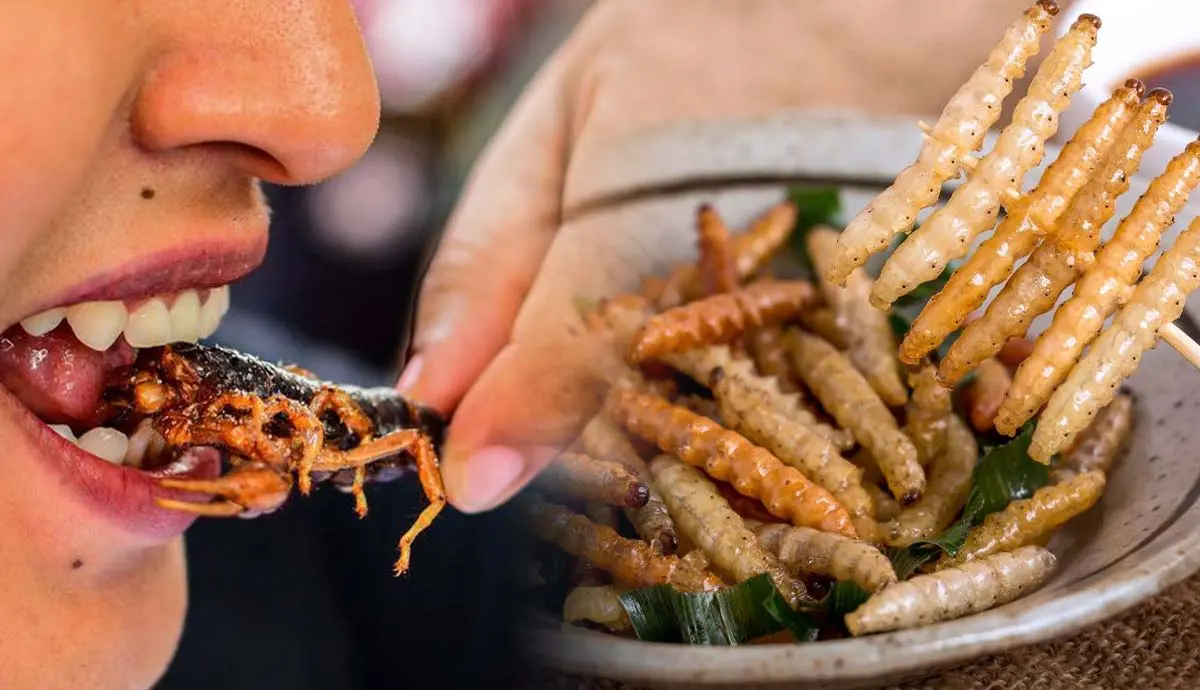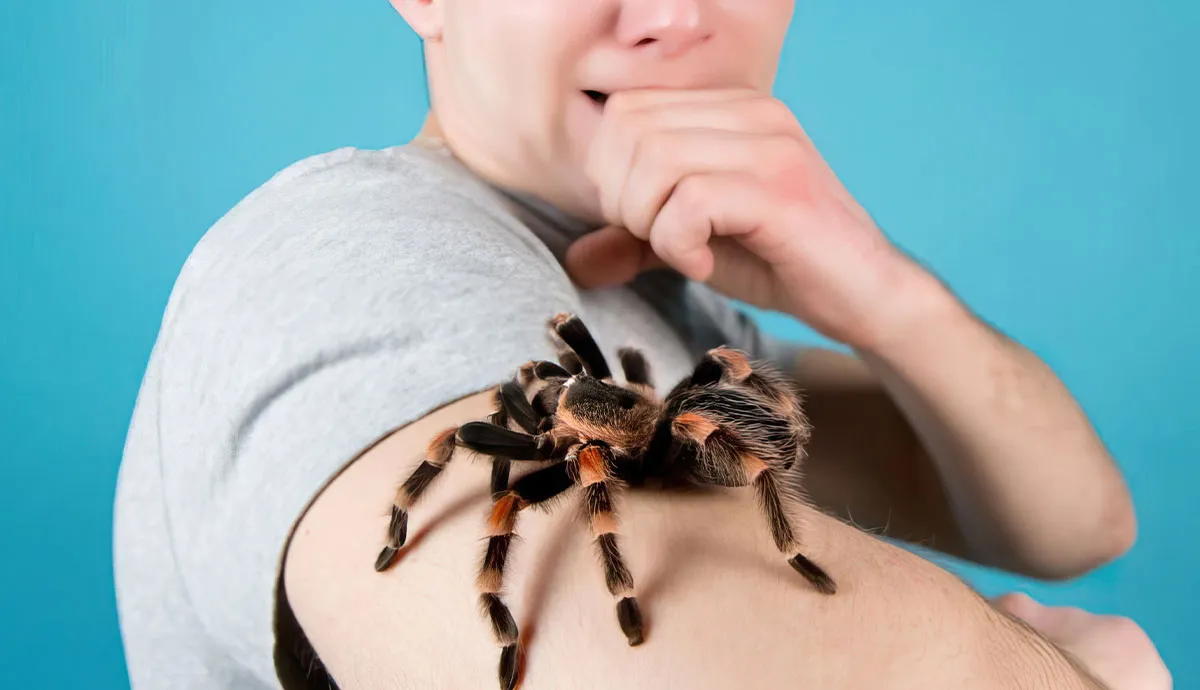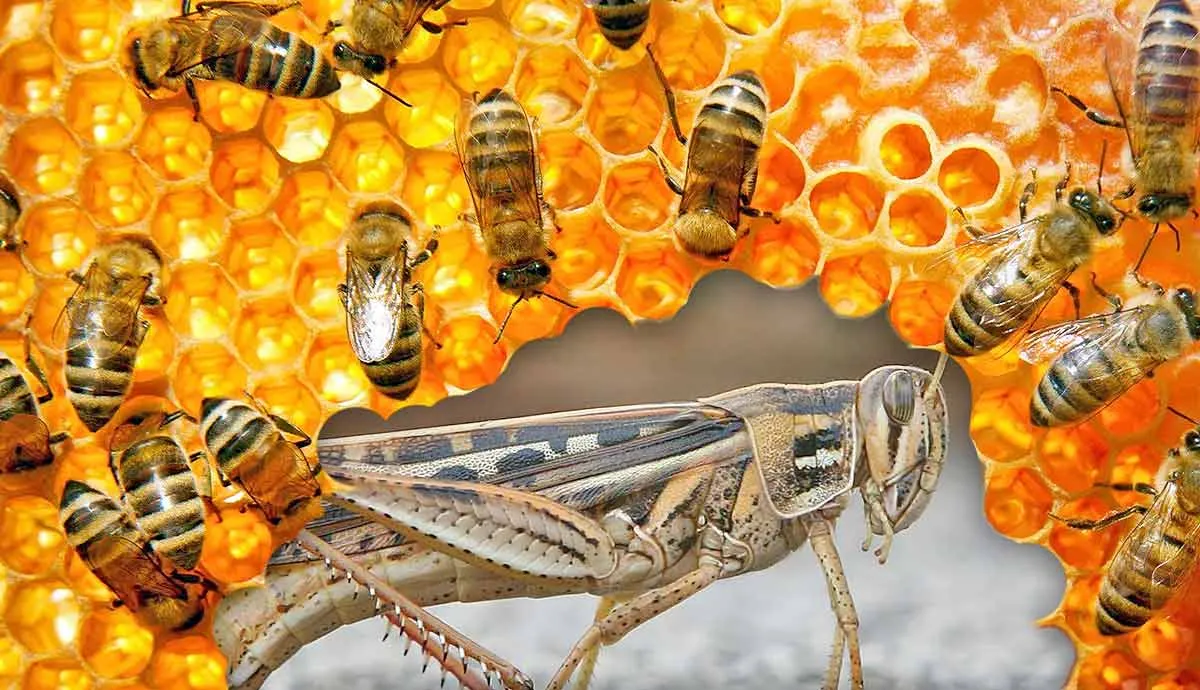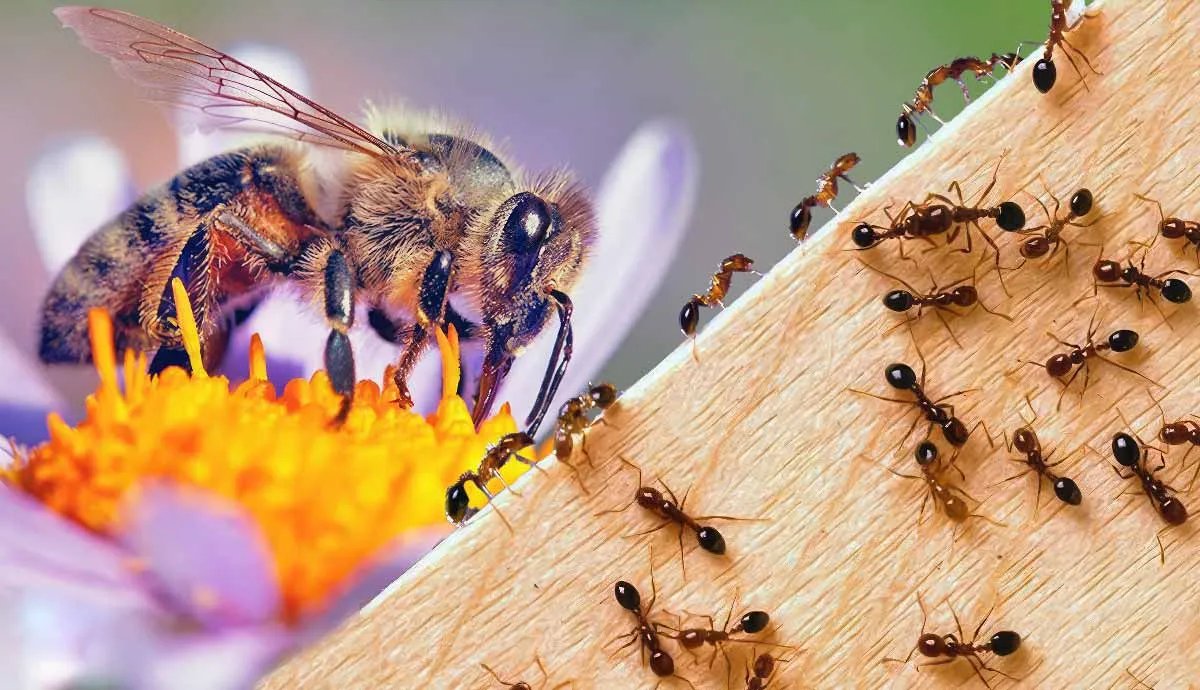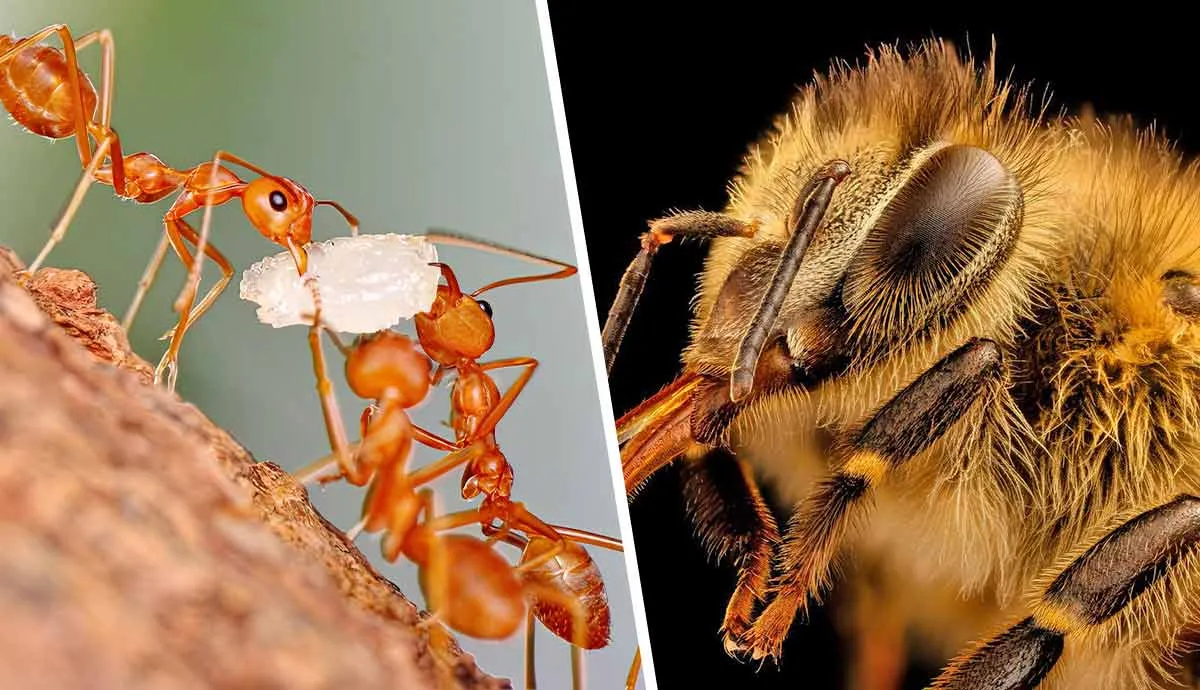Insects have been part of many cultural cuisines throughout the ages. Now, with so many different options for food, insects are viewed as a low-class food source. But it hasn’t always been that way. As the world continues to grow, so does our need to source our food thoughtfully. Insert large-scale insect farms. These farms could not only solve the starvation problem across the globe but could do so in a way that impacts our environment much less than our current agricultural practices.
The Nutritional Value of Insects

Many look at bugs and are immediately afraid to eat or even go near them. However, what many people do not seem to understand is that these creatures are a very high source of many of the calories we need to consume daily.
Take the cricket, for example; for every 100 grams of crickets you eat, you are intaking about 12 grams of protein, whereas 100 grams of beef contains about 22 grams of protein. The beef does contain more protein, but not by much.
Protein makes up about 50-60% of an insect's weight. And these proteins also contain many amino acids our bodies must have to function. Crickets, among other insects like grasshoppers or mealworms, also contain vitamins like B12 and Zinc that are also good for the body.
What this research tells me is eating bugs is actually good for you despite what you were told as a child. Some would call them pests, while others call them dinner, and the people calling them dinner, are reaping the nutritional benefits.
Now that we see the positive effects of insects as a protein source on our bodies, let's look at how insect farms would affect the environment.
The Environmental Impact of Insect Farming
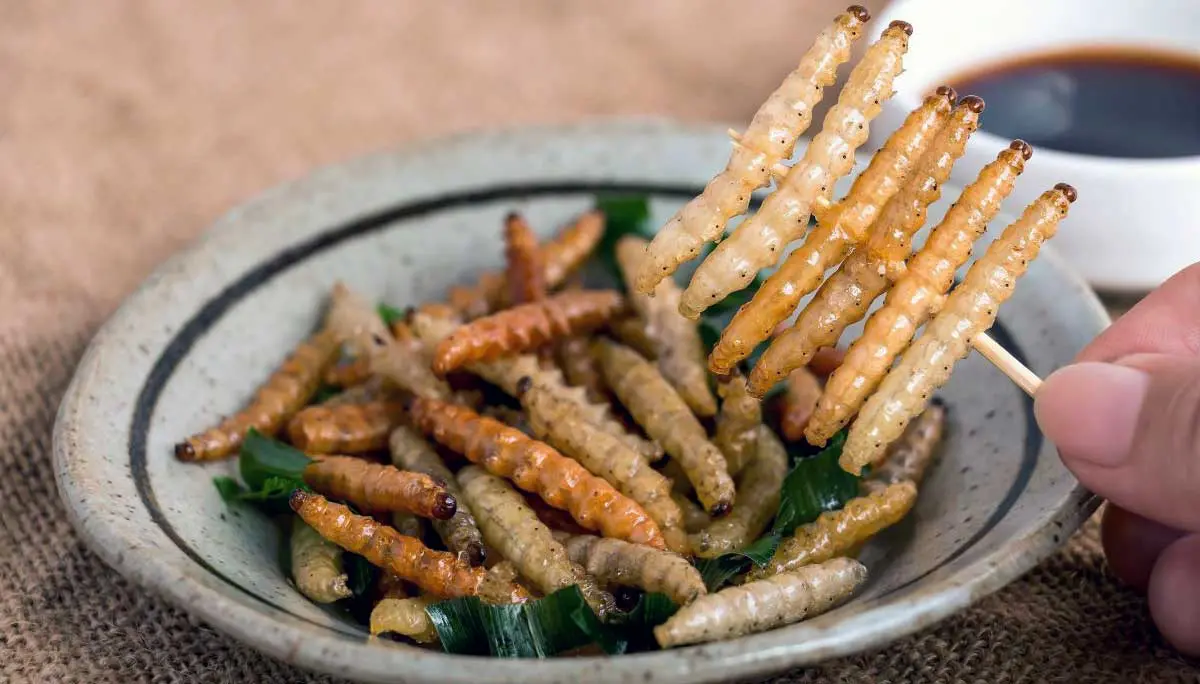
If you have ever been in the vicinity of a large-scale cattle farm, there is one overarching theme that everyone notices; the smell. It is inescapable due to the immense waste and greenhouse gasses produced at cattle farms.
Large-scale insect farms would still not smell the greatest, but the amount of waste and greenhouse gasses would become much less, which in turn would be a proactive treatment for the environment.
Greenhouse gasses and waste production are elements that an insect farm will produce less of, but they will also need fewer resources to keep them viable. According to https://www.statista.com, cricket farms need about two liters of water for each gram of protein production. This is a far smaller amount when compared to the 112 liters of water required to produce a gram of protein on the average beef farm.
The other impact that should be noted when comparing livestock farms to insect ones is ethical.
Insects can be grouped into much smaller housing units without much fuss. Their diet can be specifically modified for each insect to produce the maximum amount of protein without much harm to the insect itself.
Large-scale livestock farms can be seen as unethical and pretty gruesome. However, when insects are placed into tight spaces together, they seem to thrive.
The reduction of resources used, waste, and greenhouse gasses will all have a positive effect on our environment.
The Cost of Large-Scale Insect Farms

The cost-effective nature of insect farms should be something that everyone should enjoy, even if they do not enjoy eating insects themselves.
Most insect farms on a small scale have very little overhead and tend to sell the abundance of insect protein to turn a profit. Insects themselves need an average of five times less feed than regular livestock farms.
Feeding the insects is one thing, but when you put the reduced food costs on top of the cost farmers would save on space to hold the bugs, it seems like a bad move not to switch over to farming insects.
On top of all that, they also do not need to retain breeders, as a single female can lay a large number of eggs in just one clutch.
It is confusing why they wouldn't want to switch from traditional livestock farming to large-scale insect farming. Once the ball is rolling, the profits vastly outweigh the overhead.
Oh, right, bugs are gross.
The Possibility of Mass Production

Mass production of insects as a protein source may not be as far away as one may think. As said above, there are countless benefits to the large-scale insect farm model, including environmental, cost, and ethical impacts. But how hard would it be to implement?
It turns out not that hard.
Insects can grow in tight, controlled spaces where the environment and fodder can be modified to suit the specific insect. Once you get your first batch of insects to breed and produce eggs, the farm starts to work for itself.
You need to feed, water, and maintain the environment, but the farmer usually gets out more than what they are putting in. Sounds great, doesn't it?
Well, there are some negatives that one should be aware of. First, if these farms take off, there must be strict control regulations because if they get loose, it could be insect armageddon for neighboring towns and produce farms.
Another negative is the fact that the whole insect is usually eaten; therefore, if contaminated with pesticides or other toxins, whoever ingests the insect most certainly will be consuming the toxins as well.
Regardless of the negatives, due to the environmental impact, the price of production, and the nutritional value of the insects themselves, mass production of large-scale insect farms may be in the near future.
